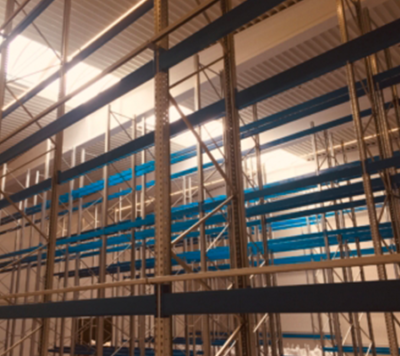If you work with food, you know that the danger of spoilage and contamination is always lurking. This can even cause life-threatening situations. The HACCP method (Hazard Analysis Critical Control Points) has been developed to reduce these risks as much as possible. This method is used around the world by companies engaged in the production, processing or distribution of food. Do you know exactly what the HACCP method entails and how to work according to the HACCP rules?
Purpose of the HACCP method
The aim of the HACCP method is to analyse and eliminate the hazards that could arise during a production process and result in the spoilage or contamination of foodstuffs. Consider the packaging of products, cleaning the working environment and washing hands.
HACCP guidelines or hygiene code legally required
If you work with foodstuffs, you are legally obliged to work in accordance with the HACCP guidelines or, alternatively, with a hygiene code specially developed and approved for each sector. In the Netherlands, compliance with the HACCP rules and hygiene codes are strictly monitored by inspectors of the Dutch Food and Consumer Product Safety Authority (NVWA).
As an operator active in the food supply chain, we are legally obliged to have a self-checking system (ACS). For the safety of food and animal feed, the self-checking system must include the Good Hygiene Practices (GHP) and be based on the HACCP principles (Hazard Analysis and Critical Control Points). In primary production, the self-checking system is based on compliance with hygiene regulations and maintaining the necessary records.
The 7 basic principles of HACCP
Working according to the HACCP guidelines is relatively simple and very effective by using the following 7 basic principles:
- Identify potential hazards and point out actual hazards.
- Identify the measures needed to control or maintain the hazard and identify the critical control points (CCPs) (these are points in the process where the risk can be prevented, eliminated or reduced to an acceptable level).
- Indicate the critical limits per CCP.
- Establish how the CCPs are monitored.
- Determine corrective actions for each CCP (corrective actions are necessary when monitoring indicates that the CCP is not being controlled. The corrective actions may be necessary on the product and/or the process and must lead to restoring safety).
- Apply verification (verification is a periodic check to see if the HACCP approach is effective, i.e. to see if the control of a CCP is effective. Verification therefore shows whether the method leads to sufficient safety).
- 7. Keep documentation and records up to date (documentation means that the system design must be recorded. Registration is the mandatory recording of certain parts of the system implementation.
(Source: NVWA and FAVV)
Food Blending complies with the HACCP guidelines. Do you have questions? Contact us!









